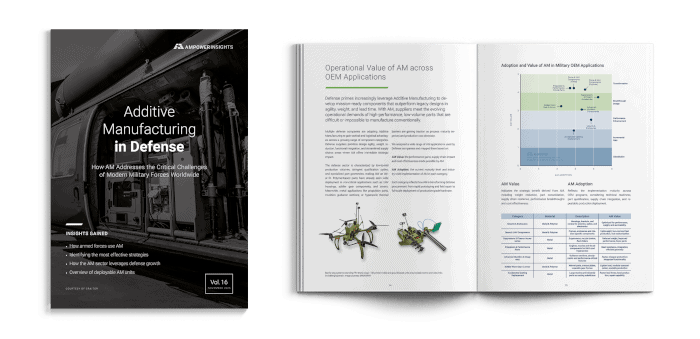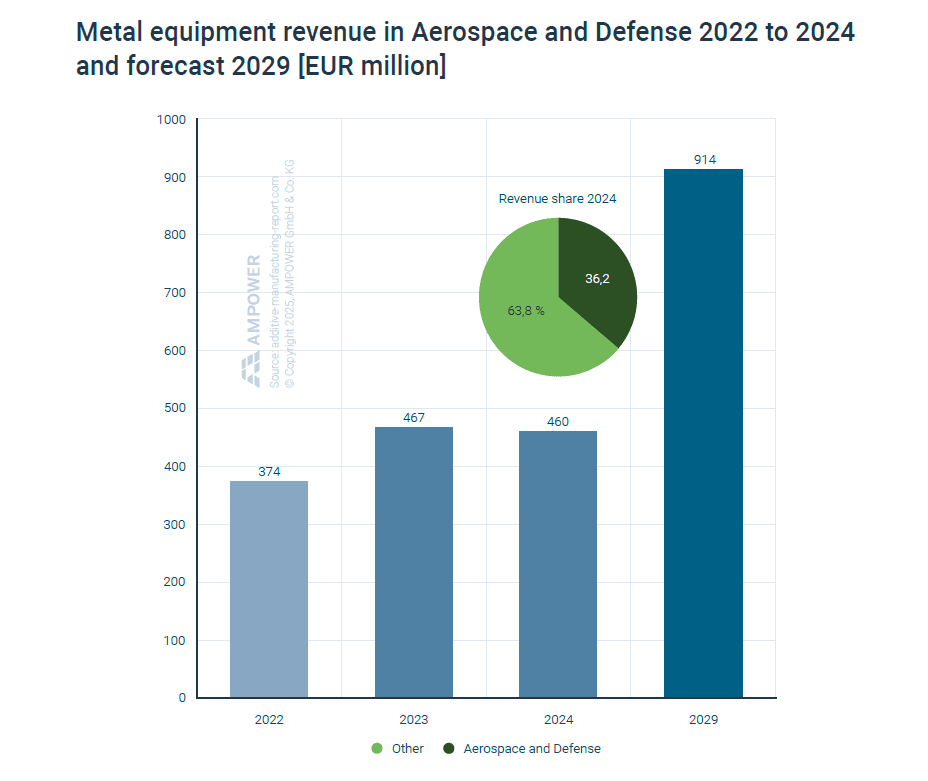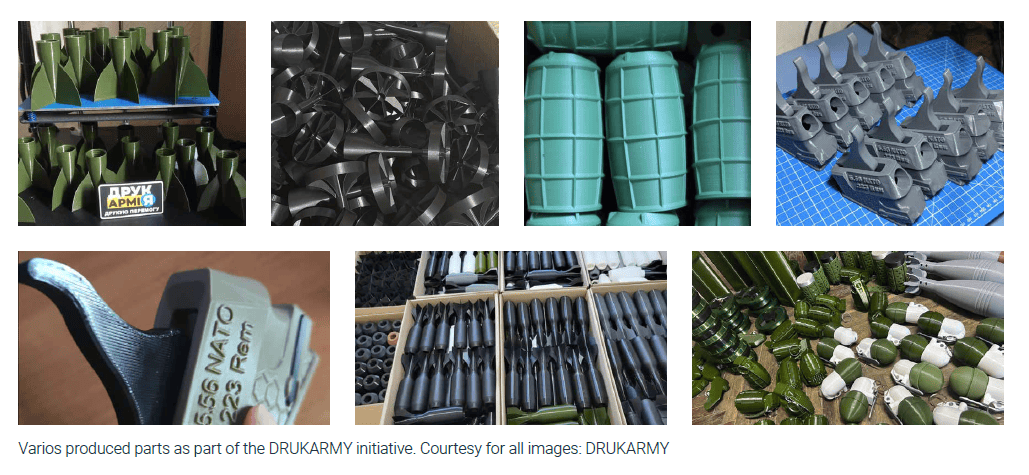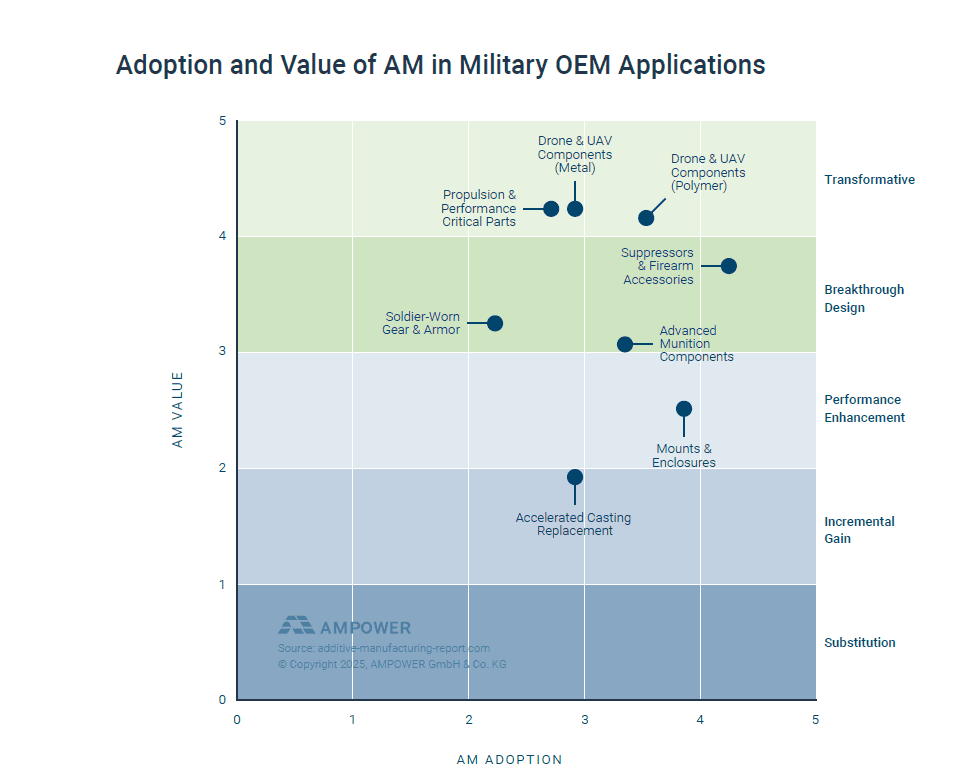The defense market is facing a fundamental change
Since 2022, Europe’s security landscape has been reshaped by the war in Ukraine, exposing critical weaknesses in traditional defense procurement and supply chains. Ammunition shortages, obsolete parts, and single source dependencies have limited operational readiness across NATO. While European nations are injecting unprecedented funding into defense, with Germany’s €100 billion special fund being a prime example, industrial retooling and cross border harmonization remain slow.
The ukraine forces provide valuable lessons in AM
At the same time, the conflict has revealed that battlefield success increasingly depends on rapid adaptation, printing, modifying, and deploying components within days. Additive Manufacturing (AM) has emerged as a key enabler of such agility. The U.S. Department of Defense demonstrates how structured AM strategies, digital part frameworks, and distributed production networks can transform sustainment logistics. Europe must follow suit by aligning national initiatives, NATO standards, and industry innovation. The success of Ukraine’s DRUKARMY, a distributed volunteer network producing millions of 3D printed parts, shows the power of decentralized, digitally coordinated production for resilience.
The AM industry and European armies have to adopt the right strategy
For European defense, AM offers immediate impact in low volume spares, field repairs, and prototyping, while paving the way toward full scale integration into defense logistics. Through a phased approach of Enablement, Harmonization, and Deployment, AM can evolve from experimentation to an operational backbone, ensuring readiness, autonomy, and strategic independence in a new era of defense modernization.




